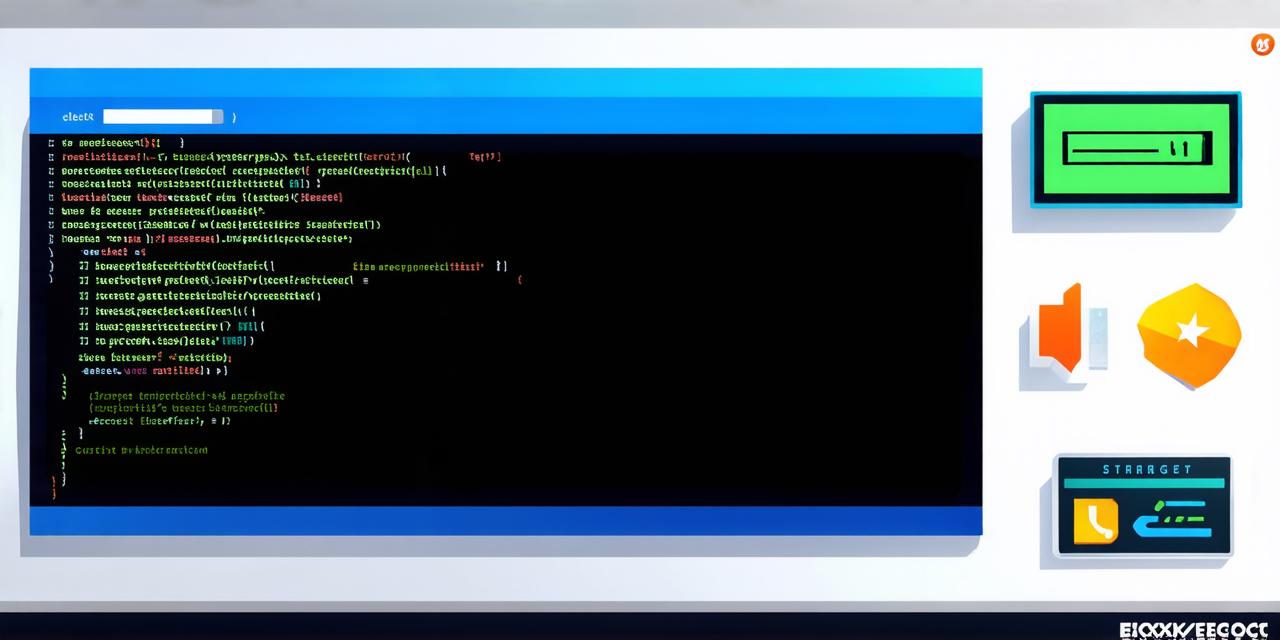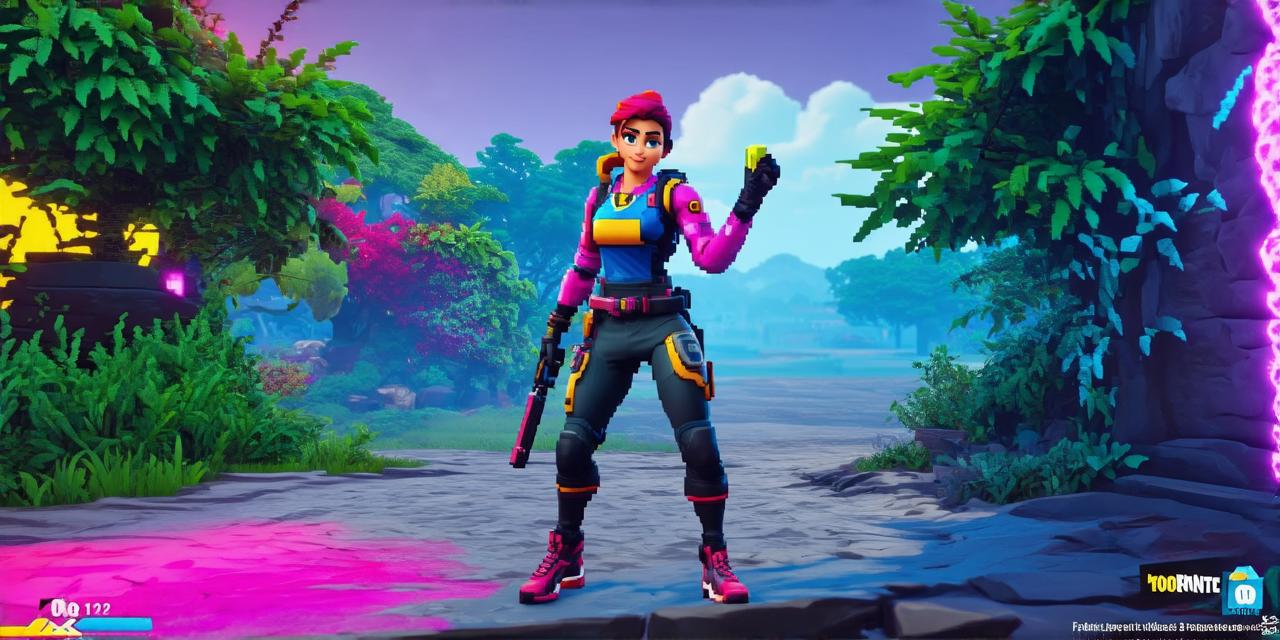Introduction
The process of planning and developing a video game is a complex and intricate task that requires creativity, technical expertise, and careful planning. From the initial concept to the final product, every aspect of game development must be carefully considered and executed to ensure success.
In this article, we will explore the steps involved in planning a video game, including market research, game design, development, testing, and launch. We will also discuss common mistakes made by game developers and provide expert tips for avoiding them.
Market Research
Before diving into the world of game design and development, it’s essential to conduct thorough market research to determine what players want and need from a video game. This includes analyzing the competitive landscape, identifying target audiences, understanding player preferences, and conducting focus groups to gather feedback on potential game ideas.
By doing so, you can ensure that your game is unique, relevant, and meets the needs of your target audience.
Game Design

Once you have a clear understanding of the market and your target audience, it’s time to start designing your game. This involves creating a game concept, defining game mechanics, developing characters and storylines, and choosing an appropriate game engine.
Game design is a collaborative process that requires input from multiple stakeholders, including artists, writers, programmers, and producers. By working together as a team, you can create a cohesive and engaging game experience that resonates with players.
Development
With your game design in place, it’s time to start building the actual game. This involves coding, creating assets, implementing game mechanics, and testing the game for bugs and glitches. The development process can be long and arduous, requiring significant time and resources.
However, by following best practices and staying organized, you can ensure that your game is developed efficiently and effectively.
Testing
Once your game is complete, it’s essential to conduct thorough testing to ensure that it functions as intended and provides a positive player experience. This includes playtesting with a diverse group of players, gathering feedback on the game’s mechanics and design, and making necessary changes based on that feedback.
By thoroughly testing your game, you can identify and fix any issues before launch, ensuring a smooth and enjoyable player experience.
Launch
After months or even years of development, it’s finally time to launch your video game. This involves marketing the game to your target audience, distributing the game through various channels, and providing ongoing support to players.
Launching a game is a critical phase that requires careful planning and execution to ensure success. By following best practices and staying true to your target audience, you can maximize your chances of launching a successful video game.
Common Mistakes Made by Game Developers
Despite the best efforts of game developers, mistakes are inevitable. However, by being aware of these common pitfalls, you can avoid them and increase your chances of success. Some of the most common mistakes made by game developers include:
- Failing to conduct adequate market research
- Underestimating the resources required for development
- Overlooking the importance of user feedback
- Focusing too much on technical details, rather than the overall player experience
- Not having a clear and concise game design
Tips for Avoiding Common Mistakes
To avoid these common mistakes, it’s essential to follow best practices throughout the game development process. Some tips for avoiding these pitfalls include:
- Conducting thorough market research to understand player preferences and needs
- Allocating sufficient resources for development, including time, budget, and personnel
- Gathering feedback from users at every stage of development and making necessary changes based on that feedback
- Focusing on the overall player experience, rather than getting bogged down in technical details
- Developing a clear and concise game design that is easy to understand and execute
Conclusion
Planning a video game is a complex and challenging process that requires careful consideration of every aspect of development. By conducting thorough market research, following best practices, and avoiding common pitfalls, you can increase your chances of launching a successful video game that resonates with players. Remember to stay true to your target audience, allocate sufficient resources, and focus on the overall player experience to ensure success in this exciting and rapidly evolving industry.



